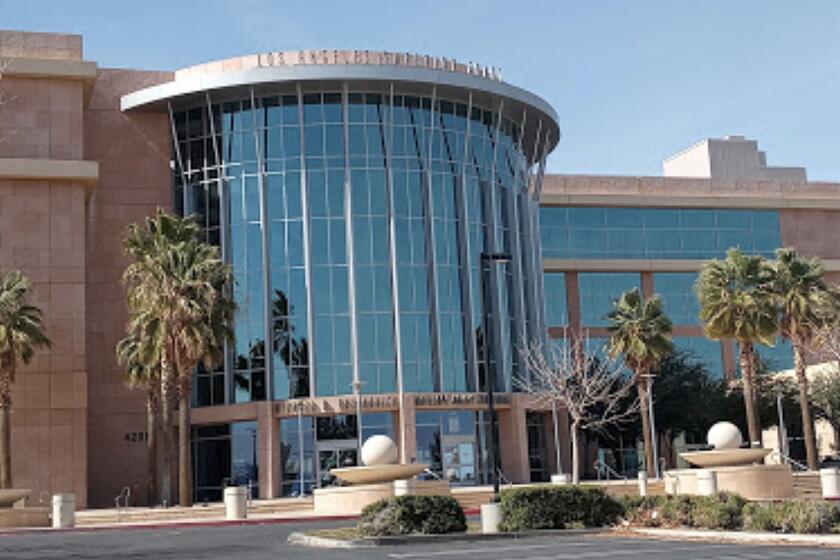County Phone System Toll Goes Up $5 Million : Price Increase, 6-Month Delay Blamed on Expansion, Unrealistic Schedule
- Share via
A new telephone system for San Diego County government will cost several million dollars more than expected and will be installed six months behind schedule, a county report revealed Friday.
County administrators sought to soften their disclosure of the added costs and delay--the latest round of bad news in a project already marked by postponements and controversy--by emphasizing in the report that the new system still is expected to save the county about $44 million over its first 10 years.
Chief Administrative Officer Norman Hickey said the county’s new in-house telephone system, purchased from Contel Business Networks Inc., now is expected to cost about $5 million more than the $12.6-million figure cited when the Board of Supervisors approved it in January, 1986.
Much of that increase is attributable to expansion of the system by about 25% beyond the original plan, while about $1.9 million of the increase resulted from site preparation delays, Hickey noted.
The Board of Supervisors is scheduled to review Friday’s report on the Contel project later this month. The supervisors’ approval is needed for only some of the added costs, Hickey said, because earlier board actions or the county’s contract with Contel covers other portions of the bill.
The system, originally intended to be operational this month, is now scheduled to be completed in September. Since late last year, however, county officials had anticipated that the system would be delayed until at least early summer, partly because the original March target date was, they concede, overly ambitious.
“The expectation that the system could be installed within one year was a mistake, on both sides’ part,” said David Janssen, deputy chief administrative officer. “We knew that both sides would really have to bust their buns to accomplish it. In retrospect, it was a little unrealistic.”
Originally designed to be an 8,225-line system, the system’s expansion will result in a 10,300-line network at 46 sites spread over a 4,300-square-mile area. The system, which will replace the county’s existing Pacific Bell system, will permit local calls to be placed from any of 46 county offices without zone or toll charges. Residents in most locations in the county also will be able to call major county offices without toll charges.
The site preparation delays stemmed from disagreements between the county and Contel over who was responsible for preparing architectural drawings, rebidding certain parts of the project and the unanticipated need to relocate electrical and plumbing systems.
The additional $1.9-million expense resulting from those delays includes $486,528 in continuing the existing system and nearly $1.3 million in extra interest on the project loan and Contel staff expenses. The ultimate price tag for those factors probably will be reduced, Janssen said, after negotiations between the county and Contel over “who’s responsible for what portion of the delay.”
The county’s purchase of the Contel system last year came three years after scandal forced cancellation of an earlier contract with Telink Inc. Thirteen men, including two former county officials, were indicted in 1984 on charges of racketeering, bribery and fraud stemming from the alleged use of cocaine, prostitutes and kickbacks to influence the awarding of the Telink contract. Dist. Atty. Edwin Miller described the scandal as “the most massive fraud and public corruption scheme ever perpetrated against the County of San Diego.”
Two men have pleaded guilty in the case, another received a three-year sentence for perjury, and felony charges still are pending against 10 others. Telink and its parent company also pleaded no contest to federal fraud and racketeering charges and agreed to pay $4.8 million to various government entities.
The new Contel system eventually could enable the county to beam government meetings from the downtown administration center to regional centers in Vista, El Cajon and Chula Vista. Citizens at those regional centers could see their elected officials on a screen and be seen themselves on another screen at the site of the meeting, as well as ask questions and hear the answers.
More to Read
Sign up for Essential California
The most important California stories and recommendations in your inbox every morning.
You may occasionally receive promotional content from the Los Angeles Times.










